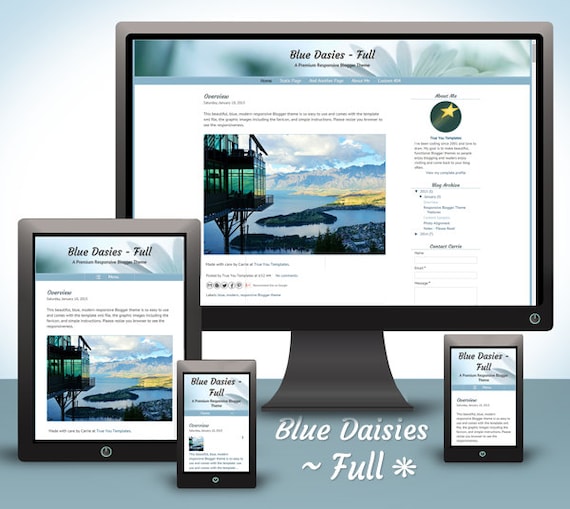Because the head and neck work in tandem, I've opted to discuss them that way. Often times it is the slight shift in either the head or neck position that differentiates what the horse is saying.
A form of inflection, if you will.
 The Arched Neck - Hesitant or mildly alarmed curiosity (new object/new horse), anticipation and excitement, or flirtation (as in stallion to mare).
The Arched Neck - Hesitant or mildly alarmed curiosity (new object/new horse), anticipation and excitement, or flirtation (as in stallion to mare).Head Up (beyond normal position) - Fear/alarm or extreme agitation (just as a clamped tail indicates a kick is next on the agenda; the head flung high and pulled back will preface a rear if they are unable to flee to a "safe" distance).
Head to the Side (ears pinned back) - Very angry, generally a "leave me alone" statement.
Head Tilted - Thinking (ears laid back, nose may be slightly in - see Bella's earlier photo, above); Requesting (head extended, ears laid back, nose out).
Head Down/Chin Tucked - Anger/aggression (nose out, glaring eye and ears pinned or chin toward neck, glaring eye and ears pinned) or requesting permission to enter space of another horse or a person (nose out, worried eye, ears laid back). Requesting permission is often mistaken for aggression (to the horse's detriment).
The Arch
 Bella (L) is anticipating her treat for giving me a kiss (note the ear flick acknowledging the photographer); The horse on the right, however, appears slightly alarmed, but still curious, over whatever is in the bucket (I'm thinking it's probably not supper :o)
Bella (L) is anticipating her treat for giving me a kiss (note the ear flick acknowledging the photographer); The horse on the right, however, appears slightly alarmed, but still curious, over whatever is in the bucket (I'm thinking it's probably not supper :o)Startled vs. Scared
 Both these horses have flared nostrils and the whites of the eyes are showing indicating alarm. Notice the difference, however, in ears and head positions. The horse on the left is still curious about what startled him, whereas the ears of the horse on the right show uncertainty and he has flung his head up in the air indicating a more intense degree of alarm. The horse on the right will likely either bolt or rear (without room to run away) if the source of his fright is not removed.
Both these horses have flared nostrils and the whites of the eyes are showing indicating alarm. Notice the difference, however, in ears and head positions. The horse on the left is still curious about what startled him, whereas the ears of the horse on the right show uncertainty and he has flung his head up in the air indicating a more intense degree of alarm. The horse on the right will likely either bolt or rear (without room to run away) if the source of his fright is not removed.An Equine Request

I think it's pretty obvious what this horse is asking his person for (she has a handful of treats). Ears are laid back, nose is out and head is ever so slightly tilted; is that not the sweetest expression?
Head to the Side and Chin Tucked

This horse (L) is clearly none to keen on sharing his hay (M-I-N-E); while the horse on the right seems to have had just about enough of Mr. Photographer (note the pinned ears, pinched nostrils and whites of his eyes). This horse will likely behave aggressively toward anyone that approaches him (I'd pass - yikes).
Next Up: The "Tail End" (a.k.a. your pony's punctuation :o)



















So great! I love your writing style - you teach, while not insulting anyone's intelligence :)
ReplyDeleteGreat post, can't wait for the next one!
Those eyes are scary though. People good at horsemanship knows how to remove those fears on them. Thanks for sharing your thoughts. Keep it up.
ReplyDelete